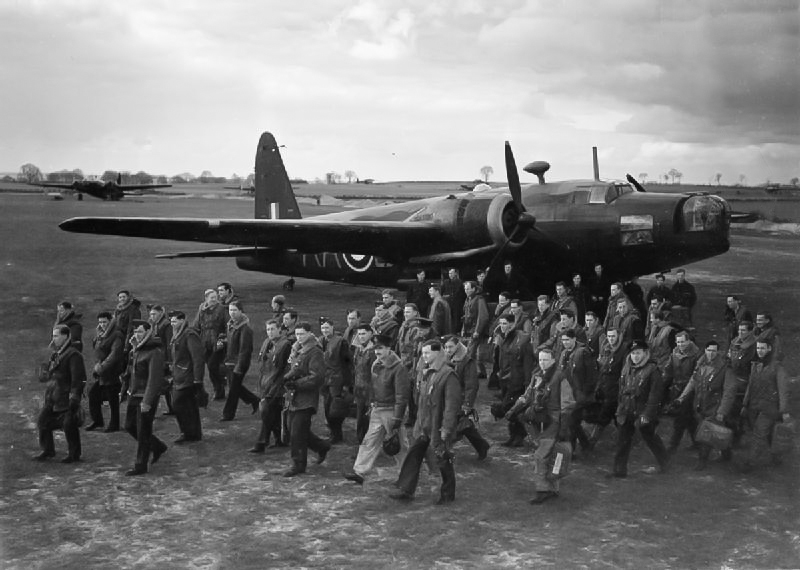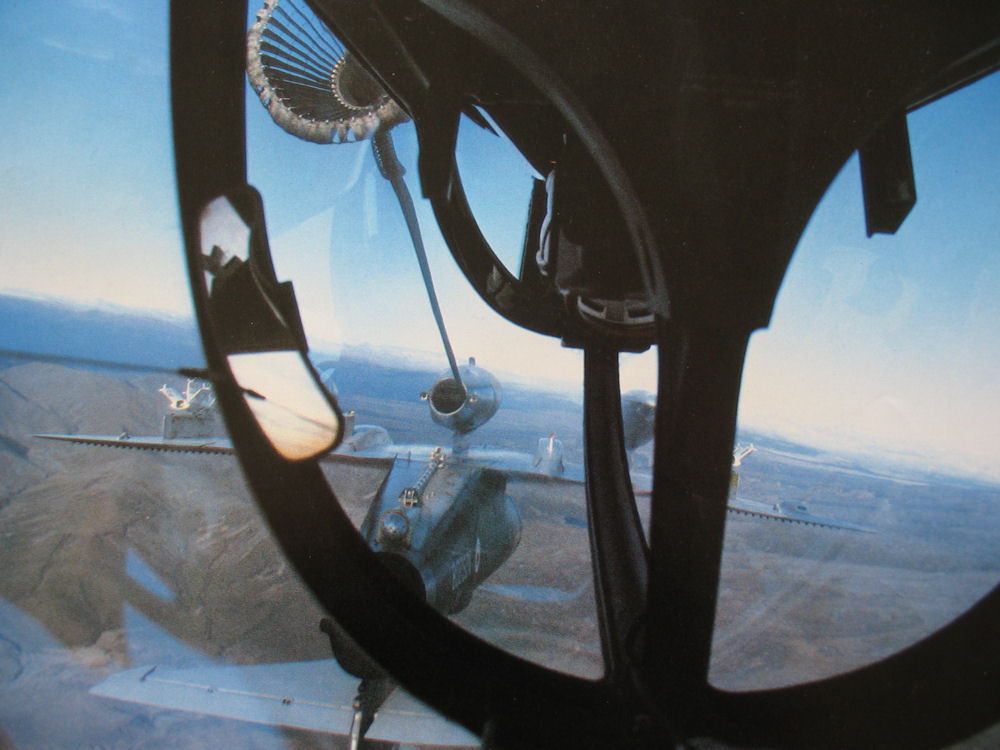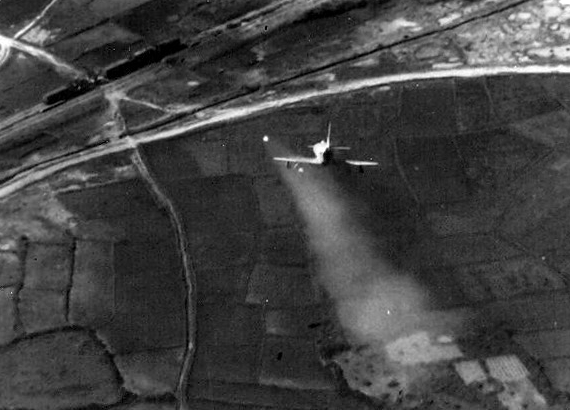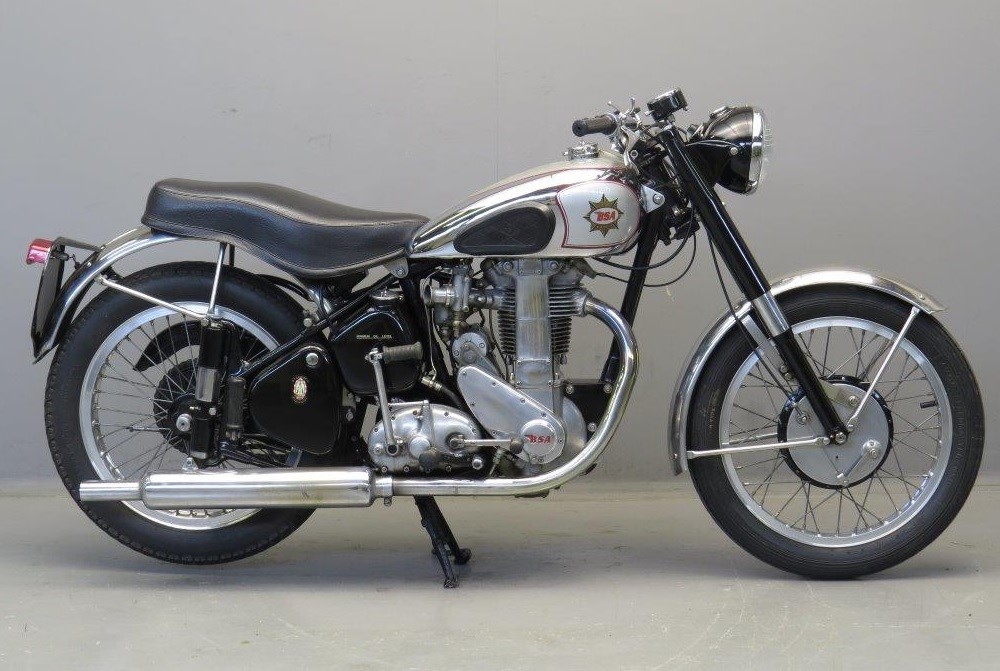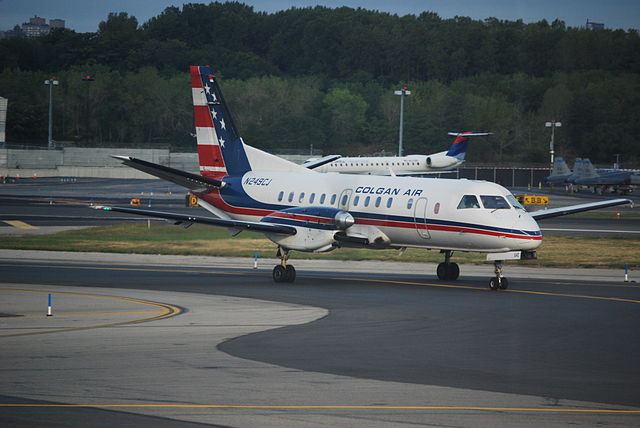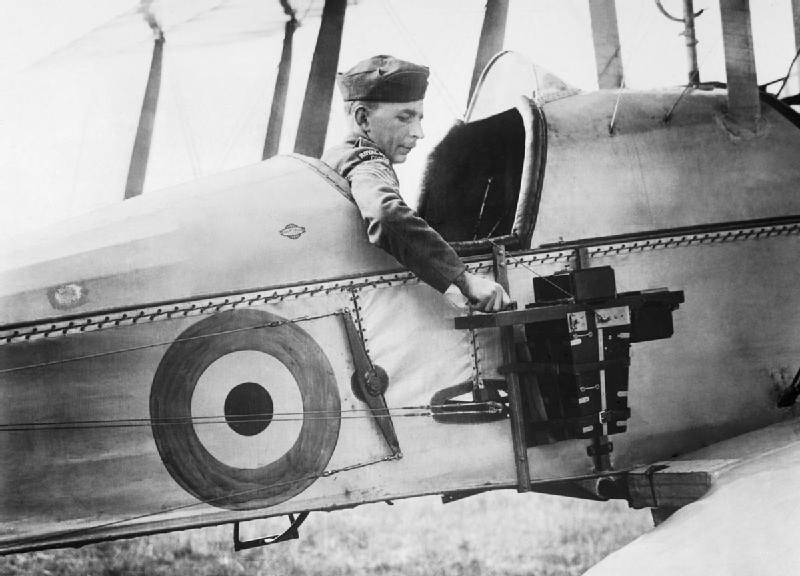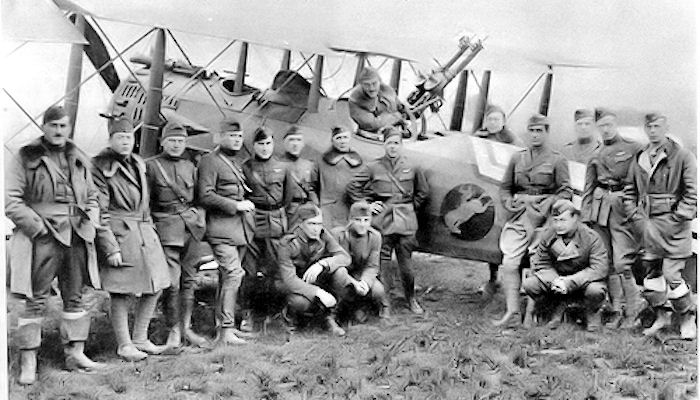- Publisher |
- Capt Nick
- Media Type |
- audio
- Categories Via RSS |
- Aviation,
- Comedy,
- Leisure,
- Places & Travel,
- Society & Culture
This podcast currently has no reviews.
Submit ReviewThe conclusion of a chat over a pint with Wood Duck, the Royal Australian Air Force Air Attache to the Australian High Commission in London.
Images of No 2 OCU when it was equipped with the FA18
The handover of No 2 OCU Hornets to the new commanding officer and the new F35 Lightning fighters.
As a fighter pilot on the newly formed 77 Squadron Royal Australian Air Force, now equipped with brand new FA/18s, we had many experienced pilots but before long we also acquired pilots on their first operational type. One such pilot was Woody, or more formally known as Wood Duck and flying the Hornet was just the start of a long career in aviation that took him all around the world. Now the Air Attache at the Australian High Commission in London, Woody and I met at a local hostelry and had a beer whilst talking about old times.
Flypasts performed by No 2 OCU RAAF whilst under Woody’s command
Woody as a youngster in the Hong Kong bar whilst on deployment in Malaysia.
Images under Creative Commons licence with thanks to the RAAF, the USAF, the RMAF and No 2 OCU RAAF.
So you want to be an airline pilot? You want to travel the world, visit strange and exotic countries and immerse yourself in the wonders of foreign cultures? You want to make a good living, bring up a family and plan for a wonderful retirement driving your luxurious RV around the wide open spaces of your beloved country? Has it crossed you mind that your chosen occupation might not be the safest way to achieve your dreams?
The Old Curmudgeon rides again
Ensure that you join a recognised union that can afford you legal representation anywhere in the world
I trust that you will recall the stories from my RAF Logbook which had reached the point of my first Hornet deployment to New Zealand to work with the Kiwi A4 Skyhawks of No 75 Squadron Royal New Zealand Air Force at Ohakea. The squadron we were working with had a rich history and I was sure I was going to enjoy my time with them.
75 Sqn A4 Skyhawk
How to fly a flat scissors
The disappearance of the hook was investigated
Images shown under creative commons licence with thanks to the RAF, the New Zealand Defence Force, the USN, CNATRA, Bernardo Malfitano and Myself.
The Right Hand Traffic Rule stated that an aircraft which was flying within the United Kingdom in sight of the ground and following a road, railway, canal or coastline, or any other line of landmarks shall keep such line of landmarks on its left. For reasons that defeat me the rule went on to give an exception stating, “provided that this rule shall not apply to a helicopter following the Motorway M4 on a route from West Drayton to Osterley Lock!” Let me take you back to the the birth of commercial aviation in Europe after the First World War.Daimler Airways operated the De Havilland aircraft on the Croydon to Paris route and Grands Express were operating the same route, albeit originating from Paris. The scene was therefore set and, no doubt the astute amongst you will already be speculating on what befell the Daimler Airway mail flight departing Croydon on the 7th of April 1922 and the Grand Express aircraft that left Le Bourget on the same day, just after noon. This is that story.
RIGHT-HAND-RULE.jpg">RIGHT-HAND-RULE.jpg" alt="" width="720" height="720">
The Farman Goliath airliner
The DH18
Traffic in France drove on the right hand side
On that fateful day, the weather was poor
The Picardie accident was the world’s first mid air collision between airliners
Images shown under the Creative Commons licence with thanks to Albert Thuloup, Handley Page, BP, SADSM, The Library of Congress and Popular Mechanics.
Traditionally the phrase Brass Monkeys goes hand in hand with weather so cold that only a naughty sounding description like, “It’s cold enough to freeze the balls off a brass monkey,” will suffice. If, however, you were the crew member a NATO aircraft in Europe during the tense times of the Cold War, Brass Monkeys meant something very specific! It was a code phrase that everyone knew of and listened out for on the Guard frequency just in case it was broadcast. Two or three minutes into the flight Rikki was super-sonic and climbing through twenty thousand feet or so when the first “Brass Monkeys” call came over the radio: “Brass monkeys, brass monkeys, aircraft heading east at high speed fifty miles east of Gutersloh, brass monkeys”. He ignored it!
The true origin of Brass Monkeys has been lost in time
The identification papers of defector Viktor Belenko
A Lightning F3 landing
Returning safely
Images under Creative Commons licence with thanks to Louis-Philippe Crépin, images in the Public Domain, the CIA, the RAF, Rosario Van Tulpe, Milborne One and Mike Freer.
Life on 77 Squadron had settled down to a routine, if it ever really could on a fighter squadron. There was certainly plenty of variety to our flying. In one month I flew some practice bombing attacks, both day and night, on the Evans Head weapon’s range north by 230 nm. This was followed by a 4 ship formation demonstration of ground attack on our own airfield as part of an Open Day celebration for the public. Then night radar bombing on the Beecroft range at Jarvis bay about 150 nm south. Then we bombed and sank a tug boat before flying off to New Zealand.
RNZAF Strikemasters AKA the Bluntie
Images under Creative Commons licence with thanks to Myself and Greenshed.
Marvin and Rebecca’s first two flights of the day were cancelled due to high winds at Newark so they both waited in the crew room until their company dispatch released them for flight 3407 at 6pm, 4 and a half hours after their initial report time. Certainly for Rebecca, it had been a long time since she had done more than nap in a chair. Their flight to Buffalo was due to take 53 minutes and they were carrying 45 passengers which, along with their two cabin attendants meant that they had 49 souls onboard their Q400 aircraft. The pilots’ performance was likely impaired because of fatigue but to what extent could not be conclusively determined. However, they boiled down to the flight crew’s failure to monitor airspeed, the flight crew’s failure to adhere to sterile cockpit procedures, the Captain’s failure to effectively manage the flight and Colgan Air’s inadequate procedures for airspeed selection, management during approaches in icing conditions and training. This is the story of Colgan Air Flight 3407.
Stills from the NTSB accident report
Stills from the NTSB accident report
Stills from the NTSB accident report
Images under Creative Commons licence with thanks to Lord of the Wings, Bill Abbott, Steve Fitzgerald, NASA and the NTSB.
With thanks to listener Sam Dawson who has such interesting relatives and to Betty Goerke, the author of a book about Baz Bagby, A Broken Propeller. I am pleased to present the story of Sam Dawson’s Great Uncle Baz.
Stunt pilot Lincoln Beachey at Niagara
The 1st Aero Squadron
General Billy Mitchell
The start of the Great Transcontinental Air Race
Images under creative commons licence with thanks to the Library of Congress, the USAAC, the USAF, the RFC, the US Army, the National Archives and SADSM.
The continuation of my log book tales, otherwise known as RAF Form 414, and we are up to Volume 20. Apart from other asides, this tale deals with my accidental overflight of a very secret satellite surveillance base run by the Australians and the CIA!
My arrival at Alice Springs airport
My ‘circumnavigation’ of Australia
My aircraft being impounded on arrival at RAAF Pearce
Seeing my father at the 1881 Resturant
Passing through RAAF Edinburgh
Images under creative commons licence with thanks to Myself, Nachoman-au and Google Earth.
This podcast could use a review! Have anything to say about it? Share your thoughts using the button below.
Submit Review
